Ride-On Tire Protection is a line of gel-like tire sealants and tire balancers containing fibers six times stronger than steel that coat the inner liners of tires. This protective tire sealant coating is formulated to prevent flats caused by punctures, hydrodynamically balance tire/wheel assemblies (with or without wheel weights) for the life of a tire, extend tire life by lowering tire operating temperatures and helping tires maintain their set-point pressures by eliminating porosity air loss. Ride-On comes in different tire sealant formulations for use in high-speed, on-road as well as slow-moving, off-road applications. Whether in your motorcycle, car or SUV, over-the-road or off-road use, in brand-new tires or retreads, tires that are on vehicles or in your ready rack, we have a solution that will work for you or your fleet.
By helping balance tires for their legal life and helping tires maintain their set point pressures, Ride-On will not only help tires run cooler and extend tire life, but it will act as your guardian to eliminate flat tires and keep you from getting stranded on the side of the road. Ride-On Tire Protection is truly a unique tire sealant and balancing gel in one that offers these and more benefits.
Ride-On offers a wide range of formulas specifically designed to cater to the needs of every vehicle. Whether it be for a motorcycle, car or SUV, truck, on-road or off-road vehicle, new or used tires, we have a solution that works. This water-based sealant, enriched with a combination of fibers - including aramid fibers, six times stronger than steel - is applied to the tire through the valve or during the tire fitting. It creates a protective layer that coats the inner liner of the tire.

Ride-On will help to:
These qualities make Ride-On an attractive alternative to run-flat tires, sealants without balancing properties, post-puncture repair kit and balancing powders and/or weights.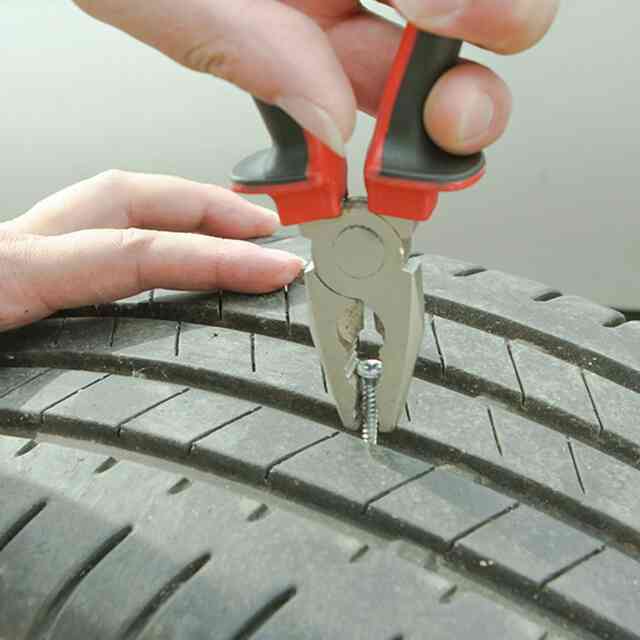 As Ride-On is used preventively, your tires automatically seal and balance themselves with no action required from your drivers. The sealant is already inside the tire and can effectively and seal multiple punctures for the legal life of the tire; within seconds and without noticeable pressure loss. Don't let a flat tire stop you!
As Ride-On is used preventively, your tires automatically seal and balance themselves with no action required from your drivers. The sealant is already inside the tire and can effectively and seal multiple punctures for the legal life of the tire; within seconds and without noticeable pressure loss. Don't let a flat tire stop you!
Here at Ride-On, we are dedicated to achieving safer roads, reducing operating costs and protecting the environment. When tires remain properly inflated and are balanced, rolling resistance is reduced and with it tire wear and fuel consumption. Tires last longer and emit less rubber particulate matter due to premature wear. Also, Ride-On helps the environment by reducing the millions of tires that are disposed of in landfills due to punctures and blowouts.
Prevent flat tires and improve driveability with Ride-On's Motorcycle Tire Sealant and Balancing Gel
: a revolutionary tire sealant that turns tires into self-sealing and self-balancing tires.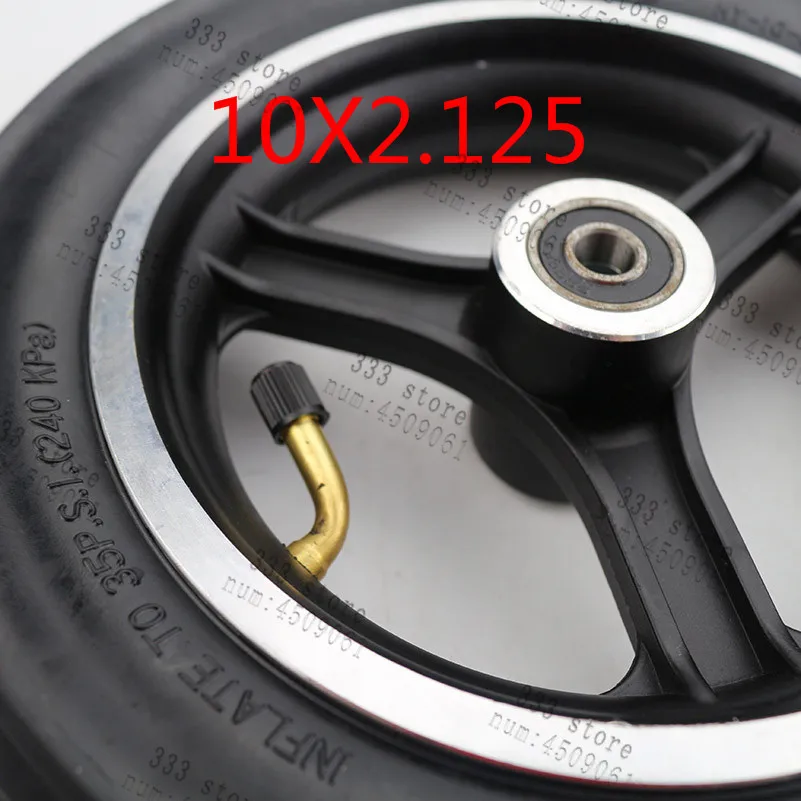 A combination of fibers - including aramid fibers, six times stronger than steel - automatically seal punctures in the tire tread caused by objects up to 6.4 millimeters (1/4") in diameter. The environmentally friendly, high-tech gel creates a a self-sealing layer inside the tire at the crown area. This layer helps to cool, seal and balance tires and stays active for years - the entire legal life of the tire.
A combination of fibers - including aramid fibers, six times stronger than steel - automatically seal punctures in the tire tread caused by objects up to 6.4 millimeters (1/4") in diameter. The environmentally friendly, high-tech gel creates a a self-sealing layer inside the tire at the crown area. This layer helps to cool, seal and balance tires and stays active for years - the entire legal life of the tire.
Dosage Table » Installation instructions »
Ride-On helps tires maintain their set-point pressure much longer than untreated tires and also hydrodynamically balances the tire/rim combination. Properly inflated and balanced tires will operate at lower temperatures resulting in reduced tire wear, up to 25% or more. Additionally, it can reduce the risk of a blowout and improve fuel economy.
A motorcycle equipped with Ride On will benefit from better handling, better fuel economy, longer lasting tires, and most importantly, a safer ride.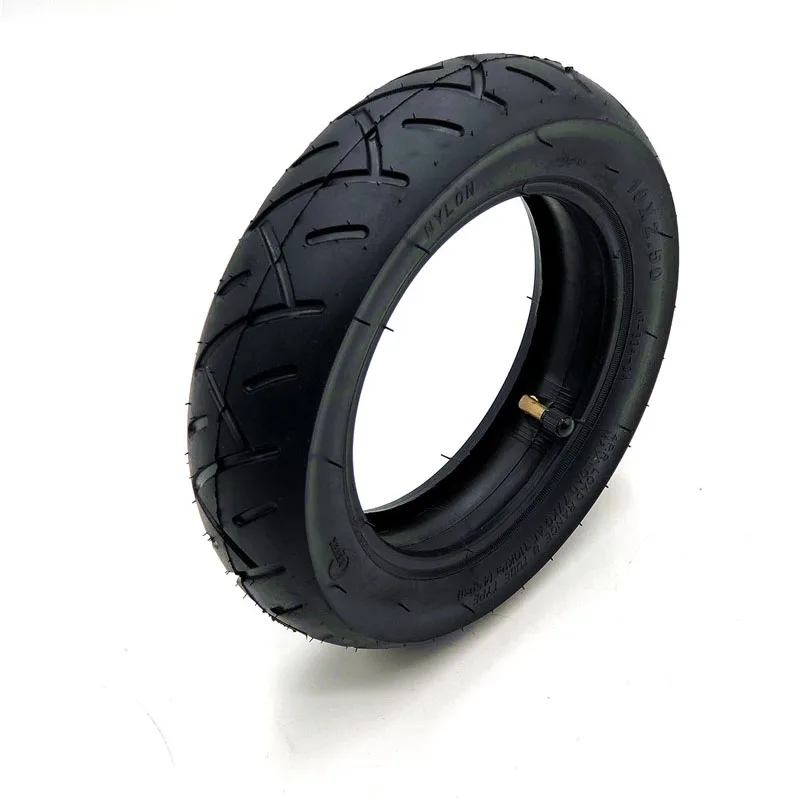
Go to the shop ›
Find a dealer ›
“At first I was skeptical about the product, however, it saves money and time, and keeps our riders upright and on the road. We go through tires like they’re water, so we are always on the look-out for products that maximize our tires’ efficiency. A quality, well maintained motorcycle is the most important thing EagleRider provides its customers. In 2010, EagleRider customers rode almost 28 million miles on their bikes. Incorporating the Ride-On Motorcycle Formula high-speed tire balancer and sealant helps EagleRider mechanics become more efficient when working on bikes while also providing the customer with a better performing motorcycle.
The sealant improves the bike’s fuel efficiency, extends tire life, mutes road vibrations, and seals punctures in the tire’s crown area.”
- Steve Sergi, Director National Corporate Service - EagleRider
Possible benefits:
For more information read the Safety Data Sheet (SDS) document
SDS document »
There is not always a way to call a tow truck, and driving on a flat tire, “chewing” the rubber and killing the rim is at least uncomfortable.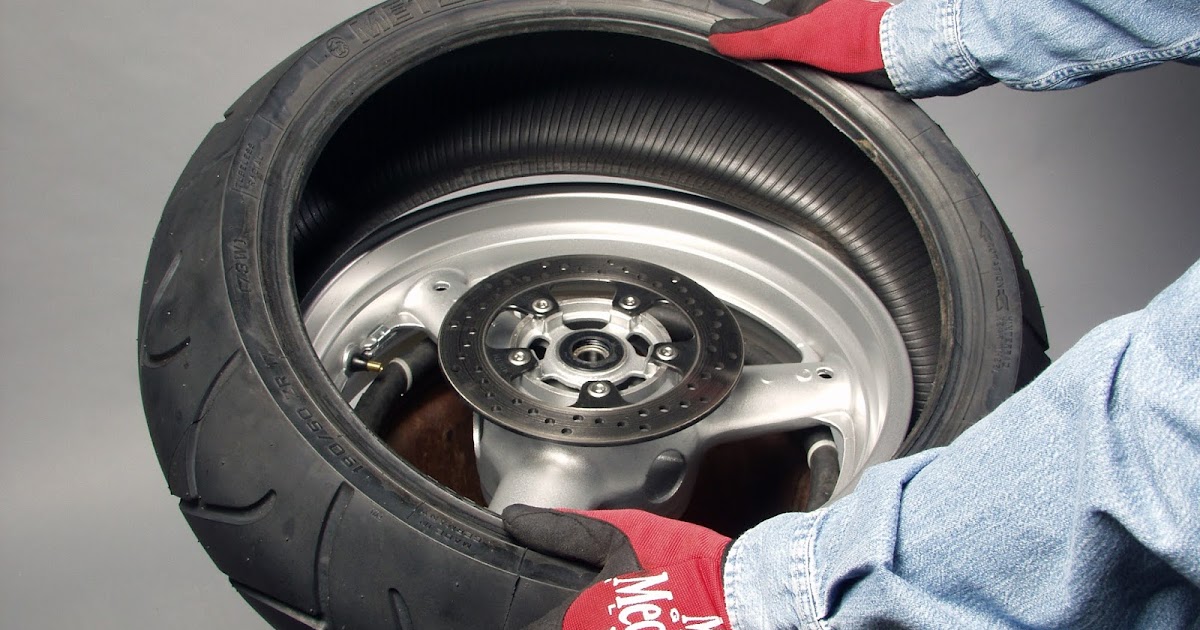
The very first replacement of rubber on a motorcycle or scooter gives reason to think - what is better in terms of quick repairs: tubeless ones that do not require wheel disassembly to eliminate a puncture, but leave the rider helpless if, along with damage, it “led” and flattened the edge of the disc? Or chambers - allowing sealing almost ring breaks (if only there were enough patches), but requiring the removal of rubber from the rim for this? The unequivocal answer is no. Few classics, straights or tourers today remain "loyal" to tube rubber models: tubeless tires are lighter, softer, warm up and cool down faster thanks to simplified heat transfer. In sports, more precisely - enduro and motocross, chamber - on the contrary, prevail: only spoked wheels can "play", withstanding strong alternating loads during landings and impacts.
The nuance is that a tire with a chamber can be put on any spoked or cast disc, and a tubeless one can only be placed on a cast one, because only it can ensure tightness. Tube – can be installed in a tubeless tire as an emergency measure. In case of major damage to the sidewall, cracks or curvature of the edges of the rim, this will make it possible, after pumping up the wheel, to reach the nearest tire service (and there already - straightening, balancing and other maintenance according to the rules). True, for such a focus, it is advisable to take a camera with a face value one less than the diameter of the disk, otherwise it will create folds inside that will rub for a couple of hundred kilometers. The resource of such a “treatment” is large - until the next puncture, like a new one.
Tube – can be installed in a tubeless tire as an emergency measure. In case of major damage to the sidewall, cracks or curvature of the edges of the rim, this will make it possible, after pumping up the wheel, to reach the nearest tire service (and there already - straightening, balancing and other maintenance according to the rules). True, for such a focus, it is advisable to take a camera with a face value one less than the diameter of the disk, otherwise it will create folds inside that will rub for a couple of hundred kilometers. The resource of such a “treatment” is large - until the next puncture, like a new one.
It depends on the magnitude of the damage whether it will be possible to eliminate it on your own, or whether you will have to “surrender” to the motorized tow truck. In tubeless - holes up to 5–6 mm are patched, in chambers - as much as there is enough glue and patches, the main thing is the condition of the tire.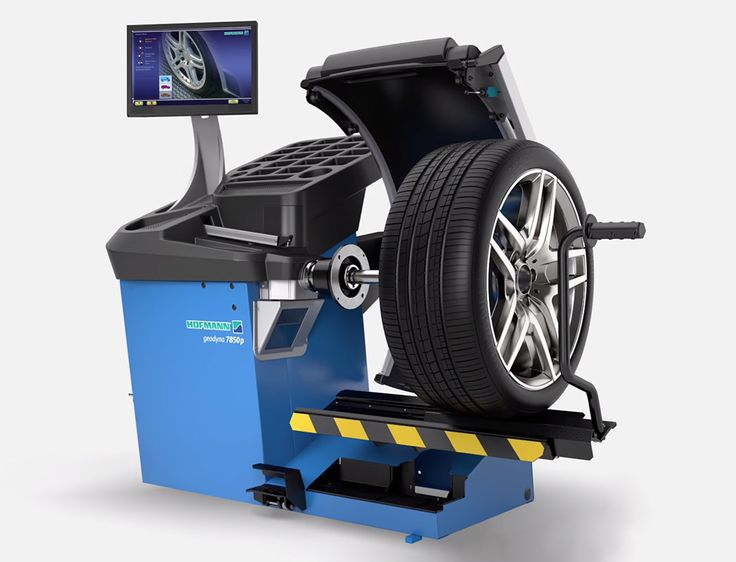 To determine the extent of the disaster - find a place where you can safely stop without violating traffic rules (where it is prohibited - you will have to sacrifice tires and drive on).
To determine the extent of the disaster - find a place where you can safely stop without violating traffic rules (where it is prohibited - you will have to sacrifice tires and drive on).
If the wheel deflates slowly, and the object that pierced it is still inside, you can try to carefully drive to the tire shop. A completely deflated "pancake" will have to be resuscitated on the spot, or - remove the wheel and take it to the service.
To find a hole in a tubeless tire, if it is very thin and not immediately visible, the wheel must be pumped up, slowly pouring water - bubbles will go. In place, tubeless tubes can be “harnessed”, or filled with sealant inside, without removing from the motorcycle.
With the second type of tires - more difficult. A torn balloon must be removed from the tire to detect a defect and seal. In a good way, the wheel must be removed from the motorcycle and disassembled on a clean, flat, hard base. Suppose such a “patch” can be provided even off-road, but how to remove the wheel on a motorcycle if it does not have a central stand? And shooting is not required.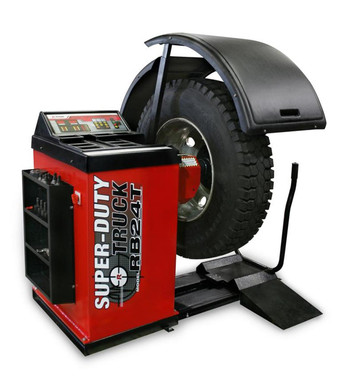 The motor must be carefully laid on its side, after making sure that the faucet is closed, gasoline does not flow out through the tank cap (antifreeze does not flow from the tank if the motor is “dropsy”), and removing the plastic or wardrobe trunk with fragile contents (if any).
The motor must be carefully laid on its side, after making sure that the faucet is closed, gasoline does not flow out through the tank cap (antifreeze does not flow from the tank if the motor is “dropsy”), and removing the plastic or wardrobe trunk with fragile contents (if any).
You will have to unscrew the wheel from the motorcycle only if you need to replace the tire, or it is decided to patch the tubeless tube with a “fungus”. In the absence of a central stand, this will also have to be done on a lying bike, or - make this stand from improvised materials (bricks, stump, car jack), placing them under the crankcase protection from below, the central tube of the frame, the duplex jumper (but not under the plastic, itself engine crankcase or attachments!), under both footrests - if they are not folding, or - under the pendulum. Before removing the rear wheel on a motorcycle, the front fork must be loaded with something, or an even higher lining is made.
In a motorcycle tire fitting shop, tubeless tubes are repaired by cold vulcanization. They are removed, disassembled, the puncture site is cleaned from the inside, degreased, lubricated with glue and a calibrated “fungus” patch is inserted into the hole from the inside. The fungus itself is a thin plate of rubber with a “leg” tube in the center. The leg - by the guide wire is dragged through the hole of the damage, and the "hat" seals it.
They are removed, disassembled, the puncture site is cleaned from the inside, degreased, lubricated with glue and a calibrated “fungus” patch is inserted into the hole from the inside. The fungus itself is a thin plate of rubber with a “leg” tube in the center. The leg - by the guide wire is dragged through the hole of the damage, and the "hat" seals it.
After half an hour - you can put the tire back. The reliability of such a repair is high, the patch does not cause a significant imbalance, the service life of a sealed tire does not decrease.
This method is also applicable on the road, the main thing is to have the necessary equipment and materials with you:
The fungus repair procedure does not require much experience.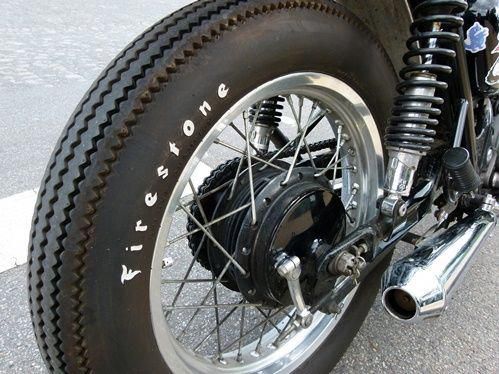 The main thing is to keep it clean, fully clean the place where the patch fits, let the glue dry slightly to a dull finish and press (roll) the surface of the fungus with high quality, expelling all the air between the layers. If necessary, you can degrease the place before gluing with gasoline, but without the rest of the above, it will not be possible to fully carry out repairs.
The main thing is to keep it clean, fully clean the place where the patch fits, let the glue dry slightly to a dull finish and press (roll) the surface of the fungus with high quality, expelling all the air between the layers. If necessary, you can degrease the place before gluing with gasoline, but without the rest of the above, it will not be possible to fully carry out repairs.
The compressor is sometimes replaced by a small cylinder of compressed air or carbon dioxide. Unlike a mechanical pump, it will immediately create a “throw” of pressure, pressing the tire beads against the rim flanges (in emergency cases, even a fire extinguisher was used to pump flat tubeless wheels). When connecting the compressor, start the bike's engine before you start inflating the tire - let it idle. Otherwise, the motor can "land" the battery, and you will not start.
Manometer - needed for control. It is undesirable to pump over the repaired tire. It is recommended to "inflate" 0. 2 atmospheres less than the nominal value. Inflating too little is also bad: a flat tire has a larger contact patch with the road, so the place of a fresh patch will deform more.
“Burning” a tubeless tube and sealing its internal cavity through a nipple are quick, simple methods that do not require special skills. To repair the damage, you only need the materials themselves, and how to pump up the wheel.
Now in Moscow, and not only, 6-5 varieties of cans with a sealant are sold - a quickly hardening "liquid rubber", with a volume of 800 to 250 ml.
Applying "Anti-Puncture" is simple: put a tube with a fitting on the nipple of the camera, turn the can over, and hold the button according to the instructions. Then - pump up the wheel, cleaning the nipple from the foam, roll it, making a full turn to distribute it.
The sealant is blown out with air into the puncture hole and clogs it, solidifying. After 20 minutes - you can go. Reliability of repair is high. Resource - until the next puncture.
If you have a compressor, start immediately pumping up the wheel, so it will be easier to work with a puncture, insert a patch, and it will swell faster.
Procedure:
You can go in 5 minutes, you just need to make sure that it doesn’t descend anywhere else.
Outwardly identical, repair kits for harnessing wheels can differ in price by almost half. This variation is explained by different configurations - one will have only three items, the other - six or seven.
A complete tubeless tire repair kit contains:
Regardless of the cost, you need to choose a kit in which the harnesses will be reinforced, and the awl - with a deep spiral winding (notch), and not a “needle file”. Inserting a flagellum is sometimes easier with a regular thin screwdriver. If there is no glue in the kit, or it has dried up, the flagellum is moistened with gasoline.
At motorcycle service stations and car services, holes in the chambers are closed by hot vulcanization: a layer of raw rubber is applied to the cleaned, fat-free puncture site and, after squeezing it well, it is heated with a special “iron”. Iron - burns, layers - are fused into a single whole. Reliability of repair is high. The resource will be almost like a new one.
Cold vulcanization (patching) - used if the workshop is not equipped with a vulcanizer. In this case, the quality of the service and the reliability of the repair will depend on the accuracy of the master. For the convenience of gluing, the camera is completely removed in the service, but, I repeat, this is not necessary. It can be repaired on the spot in the same way (there are no other options except for replacing the camera), but without removing it from the motorcycle.
This can only be done if you have two metal mounting blades. At least one, the second can be replaced with another flat tool. You can still disassemble the wheel with a wide screwdriver and a “family” key wrapped with electrical tape. But this is only as a last resort, otherwise you can damage the cord.
Sequence of work:
The fencing must be carried out twice as carefully and more slowly than dismantling, lubricate the side with water or soap, “help” more with your hands, otherwise there is a risk of picking up the edge of the chamber with a spatula and tearing it.
Important! If the wheels of the motorcycle are equipped with tow bars - before pressing the tire bead from the rim, you need to loosen this tow bar! But do not unscrew the nut completely, do not disassemble to the end.
A standard “first aid kit” (a set for repairing classic motor rubber) contains only patches and glue, so it is advisable to supplement it yourself with a piece of “skin” or a needle file. You can degrease with gasoline, or apply a little glue first and wipe off immediately, rolling up the dust with it.
Now there is no shortage of specialized motorcycle workshops not only in Moscow - in all major cities there are motorcycle helpers who help motorcyclists directly on the track, or tow to where you can quickly change the camera, or patch the tubeless correctly, so that there is no trace left. Where there is a guarantee.
Self-replacement of a tire on a motorcycle requires a certain physical condition, and for the first time - a “kilometer of nerves”. At the service station, instead of you, automation will “sweat”, which will not lock up the board and will not scratch the disc coating with a spatula. The main thing is to do it quickly (if you need to go urgently, the price sometimes does not matter).
Repair at the service - may be the only possible one if, due to driving on a flat tire, the tire nipple is turned and torn off. Especially if he flew off and got lost, but there is no spare. In mototiremontazhke - there is always a set of consumables for any wheel diameter. In the same place, in extreme cases, you can buy a new tire, or a used dokatka.
In addition to the patch, for normal operation of the wheel, balancing must be ensured. This is generally a useful procedure during any change of rubber, otherwise if there is a strong imbalance, the wheel bearing will inevitably break due to vibrations, and the hands will quickly get tired and “buzz” after long rides.
The first couple of tens of kilometers - do not drive, go at the speed of the flow. Stop, check for a flat tire. If the patch is not of high quality, it will manifest itself almost immediately. Parking will tell about the long-term perspective: if the cylinder has not lost volume in the first day or two, then everything is in order, you can drive as before.
Knowing what to do if a flat tire is on the road is important not only “for yourself”. To help a newbie or a fragile girl is to earn an important “plus in karma”, which will later return at the right moment. But, I hope, this knowledge will be useful to you only in theory. Good luck on the roads, no nail, no wand!
A specific service provided exclusively by qualified craftsmen is motorcycle tire fitting. Motorcycle and scooter tires wear out faster than car tires. And their quality requirements are more stringent. Driving on roads with damaged, worn or improperly sized tires is not only uncomfortable, but dangerous. Therefore, before the start of each motorcycle season, you should check the rubber of your bike for reliability by passing an inspection in the cabin. And, if necessary, replace it.
Unlike car tires, motorcycle tires are virtually unrepairable. If any damage occurs, they must be replaced immediately. Specialists working in the field of tire fitting professionally select tires for all types of motor vehicles, competently perform their installation, balancing and rolling. Turning to professionals, you can be sure of the high quality of the services you receive.
The main stages of motorcycle tire fitting are:
Motorcycle tire fitting has many subtleties and nuances, which only professionals can take into account. Wheel inflation, repair and tire fitting of motorcycle rims for motorcycles and scooters are carried out in accordance with certain rules. These processes are influenced by many factors, ranging from weather conditions, and ending with the riding style of a motorcyclist.
The owner of a “moto-horse” can feel comfortable and safe on the road only if the tires of the bike are in good condition, have no damage and fit him perfectly. Therefore, it is advisable to trust motorcycle tire fitting to masters who specialize in providing such services, who have the necessary knowledge, tools, consumables and extensive experience.
class="w1000">
Sorge, d. 7A there is a cafe. In it, you can comfortably spend time watching the work on your car on the monitors, as well as using high-speed free WI-FI.